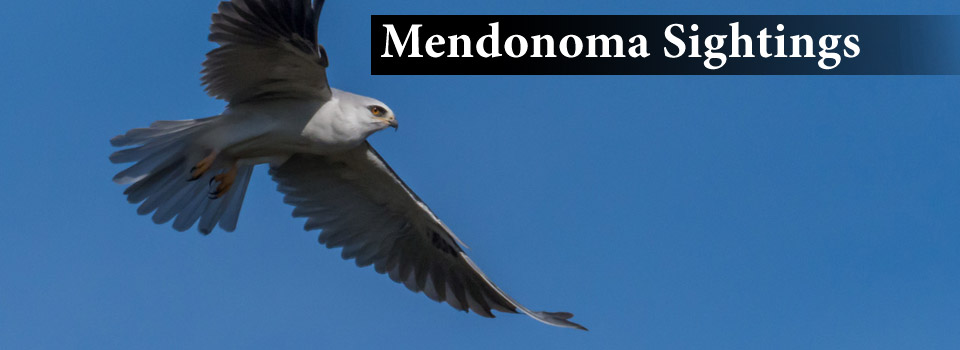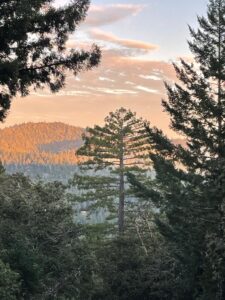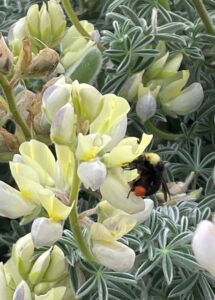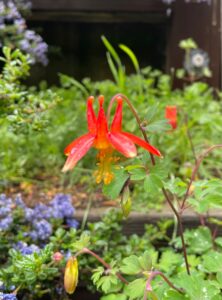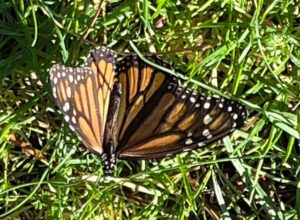Judith Fisher wrote, “We live near the top of the Gualala Ridge, and face directly East. As the Sun sets, the Earth’s shadow climbs slowly, gradually up the far ridges, while painting the distant hills in shades of pink and apricot and lavender. Our sunset in reverse inspires gratitude—that we live here—and often, just one more photograph.”
How wonderful to be able to see the sunset looking east! Thanks to Judith for allowing me to share her photo with you here.
A vigorous storm came in this morning dropping a quick half-inch of rain. More rain is predicted for tonight. Then two days of calm before a series of wet storms hit the Mendonoma Coast.
